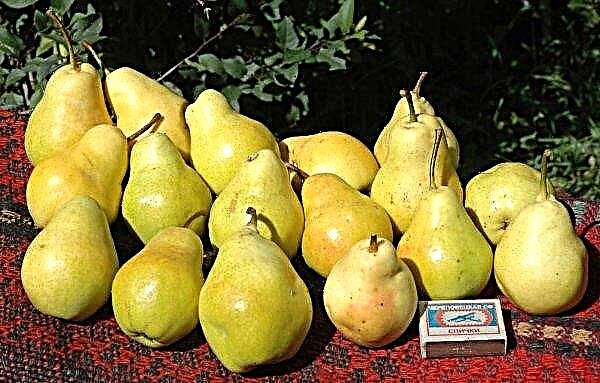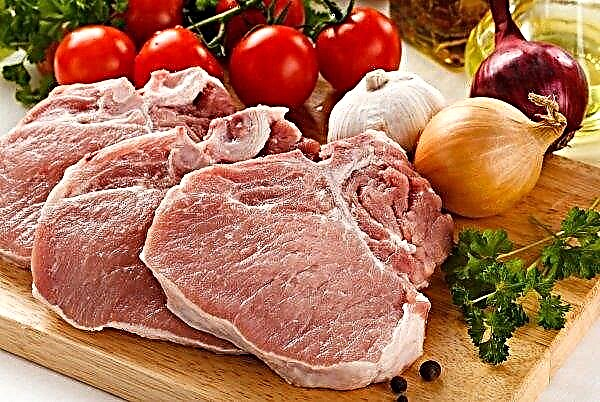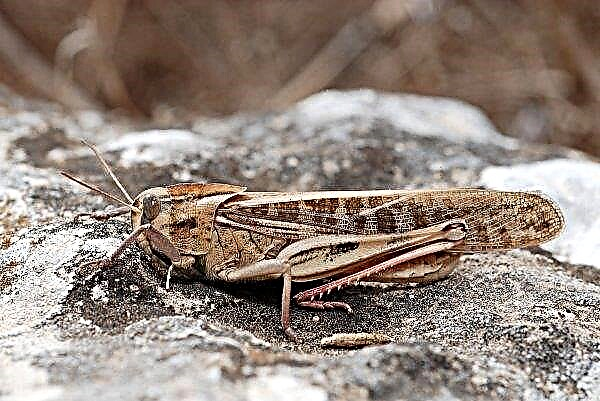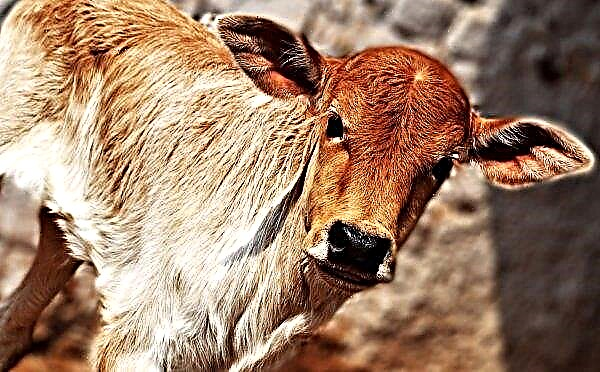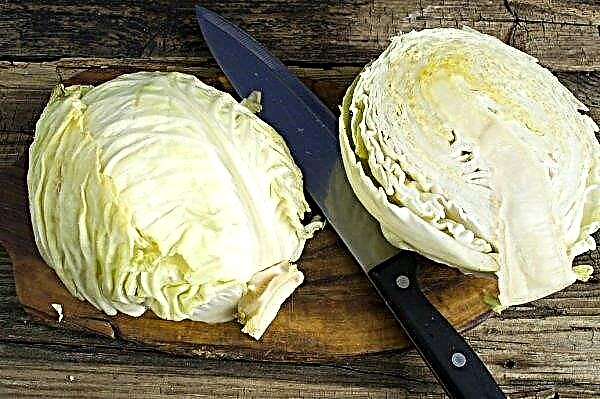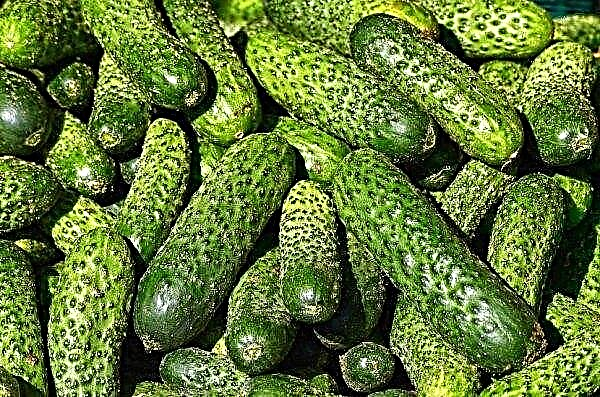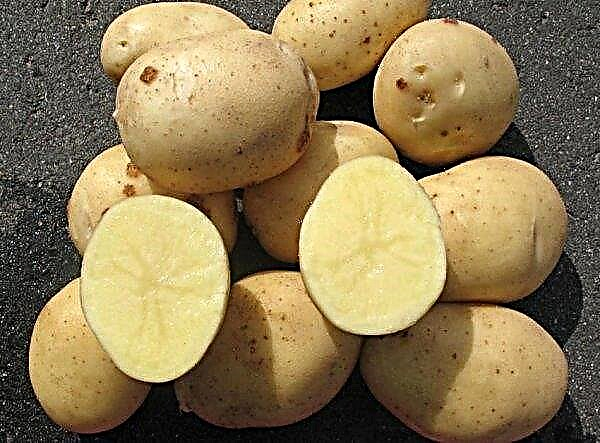Chickens are susceptible to many diseases - bird cholera, or pasteurellosis, is considered one of the most contagious. Not only chickens, but also other types of birds are affected by the disease, which makes it especially dangerous for poultry farms. In the article, we consider the features of this disease of chickens, its treatment and prevention.
What is chicken pasteurellosis?
Pasteurellosis is an infection of a bacterial nature, it is spread all over the world. Both domestic and wild birds are at risk of the disease, in addition, animals can also act as carriers. From the moment of infection to the onset of the first symptoms of the disease, it takes from several hours to several days. The route of infection and ambient temperature play a major role in increasing the ability of bacteria to infect chickens and in the rate of infection.
The infectious nature of the disease was first established in 1782.
Causative agents of the disease
The causative agents of pasteurellosis are polymorphic gram-negative bacteria Pasteurella multocida.
Their stability is:
- in meat, blood, water, manure - 2-3 weeks;
- in corpses - 4 months;
- in frozen meat - 1 year.
- when boiled, die within 5 minutes;
- in direct sunlight - 2-3 minutes.
The main sources of the disease are sick or sick chickens and animals. Also, contaminated soil, equipment and people can be a source of infection. Routes of infection - nasal and oral.
Did you know? The causative agent of pasteurellosis was isolated in 1880 by L. Pasteur: after isolating the colonies of bacteria, he carried out experiments on them to weaken, and then based on them he immunized chickens. The disease was named in honor of the scientist.
Symptoms and forms of the disease
Symptoms of the course depend on the form of the disease.
Super sharp
It is characterized by a short period of time from the moment of infection to the appearance of the first signs of the disease. An increase in body temperature in infected individuals, depression, rapid breathing are noted. The chicken dies from the moment the first symptoms appear during the day.
The bird may look healthy, symptoms may appear a couple of hours before death. This is an important factor for making the correct diagnosis.
At autopsy, pathologies are practically not observed. Sometimes there is fluid in the heart shirt.

Sharp
The acute or classic form of pasteurellosis in chickens is characterized by:
- lack of appetite;
- thirst;
- depression;
- foamy discharge;
- cyanosis of the crest;
- diarrhea, often with an admixture of blood;
- disheveled;
- limp;
- swelling of the joints.
Most often, the bird dies within 3 days.
We advise you to read about other diseases of chickens and their treatment:
As a result of the autopsy, the following are detected:
- fat hemorrhage on the abdomen and sternum, serous membranes;
- the heart bag and abdominal cavity are filled with fluid;
- liver in a state of turbid swelling;
- spleen unchanged.
However, the acute course of the disease does not necessarily end in death - the disease can become chronic.

Chronic
Chickens that have suffered an acute stage are ill with a chronic form. The disease lasts from 1 month to 3. As a result, the infected individual expects death.
Symptoms are blurred, most often observed are:
- decrease in productivity;
- lethargy;
- wheezing during breathing;
- discharge from the nose;
- swelling of the joints and crest.
Important! In the chronic form of the disease, chickens remain carriers of infection.
Diagnosis of the disease
If there is a suspicion of pasteurellosis, the infected individuals are sedimented. The room should be disinfected and consult a veterinarian.
Accurate diagnosis is based on laboratory tests. For analysis, blood or nasal mucus of diseased chickens is taken. When sampling the test material, it is important to transport it correctly.
You can also diagnose the disease by opening the dead bird.

Disease treatment
Effective methods of treating pasteurellosis of chickens do not exist. According to the rules of the World Association of Veterinarians and SES, sick birds should be killed and carcasses destroyed by burning.
Often, poultry farmers try to treat pasteurellosis in the initial stages with tetracycline antibiotics. But it should be noted that such actions can only reduce the risk of disease of the rest of the bird. It is impossible to cure diseased individuals, in some cases the infection will turn into a chronic form.
When choosing a control method, vaccination should be preferred. Sorbed vaccines are used as a preventive measure. Vaccination is carried out with a live vaccine, previously diluted with saline in a ratio of 0.5 billion m.k. to 1.5 ml, respectively.
Chickens are vaccinated by immersing the beak in the prepared solution. From the bird should wait for swallowing. After that, the vaccinated birds are placed in an isolated room and maintain the temperature in it at + 20 ° C.Did you know? A chicken hatched from a sick chicken’s egg is a carrier of pasteurellosis and may cause a second outbreak.
Vaccination is carried out at the age of one month and is able to protect the bird from damage by pasteurellosis for 6 months.
A common method of vaccination is the administration of a vaccine subcutaneously, but complications, up to the death of birds, are often observed when using it.
Disease prevention
For the prevention of pasteurellosis should:
- provide the bird with a rational and balanced diet;
- keep chickens in accordance with veterinary and sanitary rules;
- after acquiring a new livestock, withstand quarantine for 30 days.

For prevention, vaccination is used.. If a disease is detected, quarantine is entered into the household. The import and export of livestock of birds and other animals, the export of manure or feed outside the farm is prohibited.
Is chicken pasteurellosis dangerous for humans?
People are exposed to pasteurellosis by contact with a sick bird through microcracks on the skin. Less common are infections through airborne transmission. When working with birds, personal protective equipment, such as gloves and work clothing, should not be neglected.
The bacterium Pasteurella multocida dies at a temperature of 70 ° C for 15 minutes, therefore, subject to sufficient heat treatment, the meat of sick chickens can be eaten. However, to quickly eliminate the disease and prevent its further spread, it is recommended to dispose of infected meat by burning.Chicken pasteurellosis is a dangerous infection with a high level of infection, and no effective treatment methods have been developed. The best method of control is timely vaccination and compliance with preventive measures.




